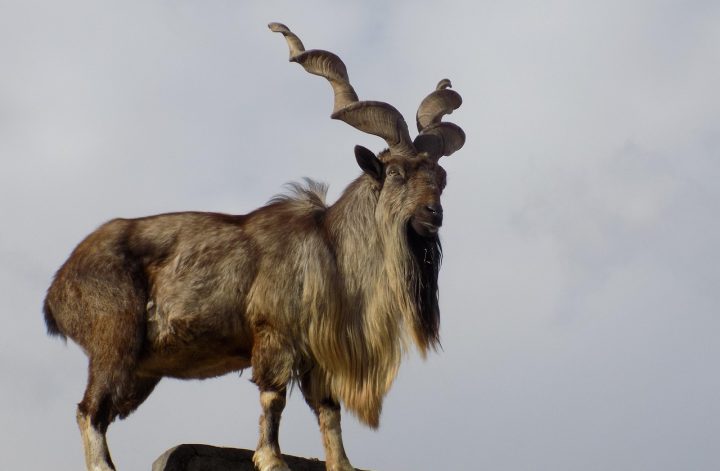Introduction:
Biodiversity in fauna and flora is widespread in Pakistan. Even though the country falls mostly in an arid climate zone, despite that there are a wide range of habitats where a number of unique species that are not only endemic and endangered, but are also not that well-known in Pakistan can be found. Here is a compiled list with brief description of each below.
Also check out: 20 Deadly Venomous and Poisonous Animals Found in Pakistan
List of Unique Animals in Pakistan:
- Pangolins: They are also known as scaly anteaters more commonly but their scientific name is Pholidota. However, in Pakistan the Indian Pangolin is found and its scientific name is Manis crassicaudata. Aside from the fact that Pangolins are the only mammals that are covered in scales- a characteristic normally associated with reptiles,- but also that they are one of the most trafficked animals in the world that is not only threatening their safety but also is illegal. In Pakistan, this animal is indigenous to the regions of Punjab, Sindh, Baluchistan and Kashmir. It is endangered because it faces a number of challenges from local folks and superstitions that compel people to kill them on sight believing them to be a sign of misfortune. Aside from this, Hunting and smuggling them for their scales is quite common and large scale.
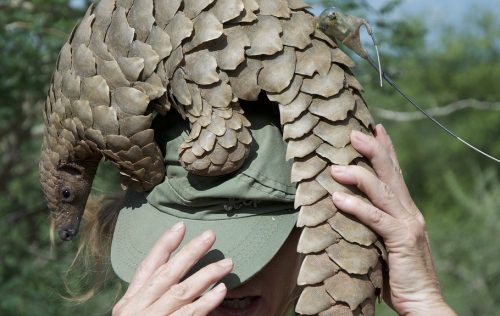
2. Markhor: Also the national animal of Pakistan, Markhor is also facing a number of challenges that has lead to their numbers rapidly declining in the Northern mountainous regions of Pakistan. It is also native to Pakistan and commonly found in the Karakoram and Himalayan mountains and surrounding regions. Its scientific name is Capra falconeri. The name Markhor has Persian origins and literally means ‘Snake eater” because of its protective nature for its herd against snakes in the mountains. The greatest threat they faced was of illegal hunting, poaching and killing them for food and their majestic horns to be hung as trophies. They are endangered.
Pakistan has now launched a Trophy Hunting Program for killing old Markhors by seeking permission and for a cash prize, so that their dwindling population can be revived as an old Markhor that is still the leader of the herd is protective of the females which does not help in boosting their population.
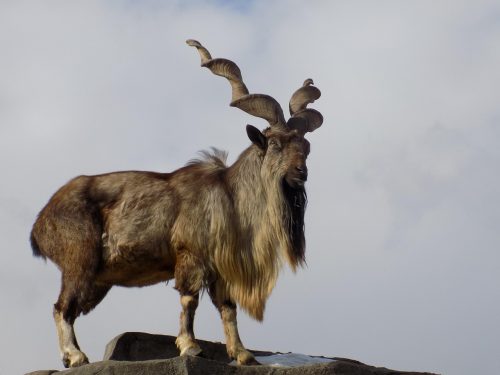
3. Indus River Dolphin: Also known as the Indus Blind Dolphins. Its scientific name is Platanista minor. In local language (Sindhi) and Urdu it is called ‘Bhulan’. It is also indigenous to the northwestern regions of India and the Indus Basin. The greatest threat they face is of water pollution due to industrial dumping of contaminants, entanglement in ghost fishing gear and nets, habitat destruction to name a few. It is therefore unfortunately an endangered species ever since 1991.

4. Himalayan Brown Bear: Its scientific name is Ursus thibetanus laniger. It is endemic to the Himalayan mountains and is also known as the Asiatic Brown Bear, Crescent Bear or Moon Bear due to the white crescent shaped mark on its chest. It is a keystone species in the Himalayan ecosystem and is currently endangered especially in Siran and Kaghan valleys as well due to illegal hunting, poaching for its fur and habitat destruction by the timber industries as well increasing human encroachment due to urban sprawls and encounters that lead to killings.
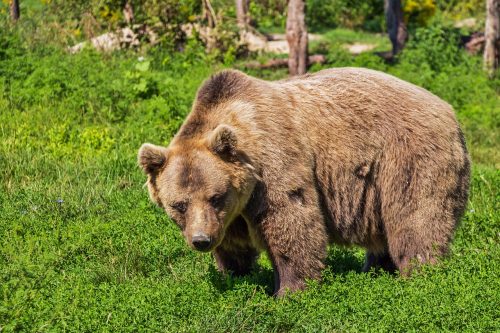
5. Baluchistan Black Bear: Native to Baluchistan particularly the mountains, its scientific name is Ursus thibetanus gedrosianus. It is a subspecies of the Asiatic Black Bear. They are very endangered due to the high threats of poaching, habitat destructive practices like deforestation and urbanization, human encounters that lead to killings as well as loss of habitat.
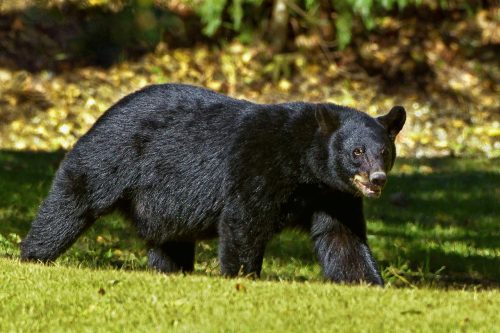
6. Woolly Flying Squirrel: Its scientific name is Eupetaurus cinereus. It is native to the Himalayan mountain ranges and in the Northern regions of Gilgit Baltistan especially in Murree Hills, Neelum valley and the forests and woods surrounding the Himalayan mountains, Kaghan Valley’s southern region, Swat, Deodar forests in lower parts of Chitral as well. Not much is known about this animal as it is one of the least studied mammals on the planet. It is however threatened with extinction due to the habitat loss, range shifts etc.
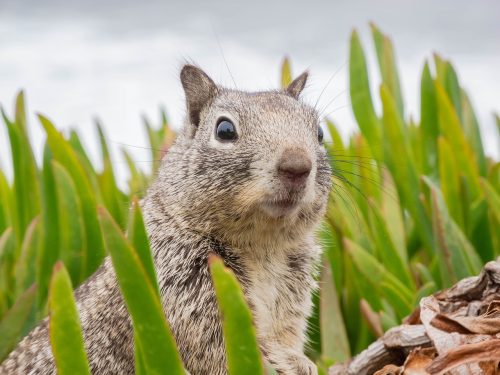
7. Small Kashmir Flying Squirrel: It is native to the Kashmir region of Pakistan and its scientific name is Hylopetes fimbriatus. Commonly found in the deciduous and coniferous forests as well as those in Chitral, Gilgit, Kohistan regions, Dir, Swat, Murree Hills and Hazara. Similar to the Wooly flying squirrel, not much study has been done on this and thus that makes it even more vulnerable to the changes in climate and range shifts and also one of the most rare animals on the planet.
8. Softshell Turtles: These softshell turtles come to Pakistan by way of the Ganges into the Indus Basin.They are also known as Ganges Softshell turtles but Its scientific name is Aspideretus gangeticus. It is locally known as ‘Kuchii’ by some communities and It is marked as vulnerable by IUCN reports. They are vulnerable majorly due to illegal trade, fishing for them by the Local communities near the Indus basin due to poverty and discrimination. They are deprived of their bony chest plates and plates present on the lower side of the chest which are valuable for medicinal use and are trafficked to China as well.
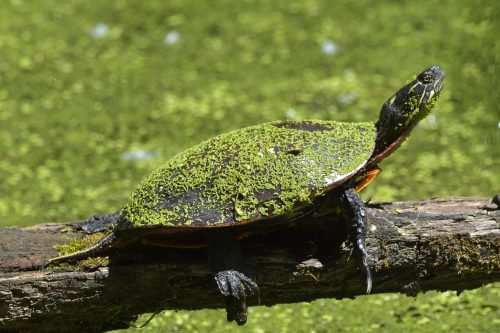
9. Peacock Softshell Turtles: Similar to the the Ganges softshell turtles, these turtles are also native to the Indus river and are vulnerable due to the same reasons as mentioned above for the Ganges Softshell turtles. Its scientific name is Aspideretus hurum. It is threatened by humans killing for food source, medicinal use, illegal fishing, trafficking that has lead to its population declining to the point of becoming vulnerable.

10. Yaks: In Pakistan, yaks are found indigenously in the Shimshal, Passu, Wakhan, Gilgit-Baltistan, Karakoram and Himalayan regions. It is endangered as less than 1500 Yaks are remaining in Pakistan in these regions. It is locally known as ‘Dong’ in the language widely spoken in Baltistan, ‘Bapoo’ in Gilgit and Astore regions, and Terminy in the Hunza, Nagar and Gojal areas. However, its scientific name is Bos grunniens. It is popularly known for its pink colored milk. The native populations of wild yak in Bhutan and Nepal are believed to be extinct and their range is confined to China and India. It is endangered in those regions as well due to habitat loss, poaching for fur and horns as well as habitat destruction.
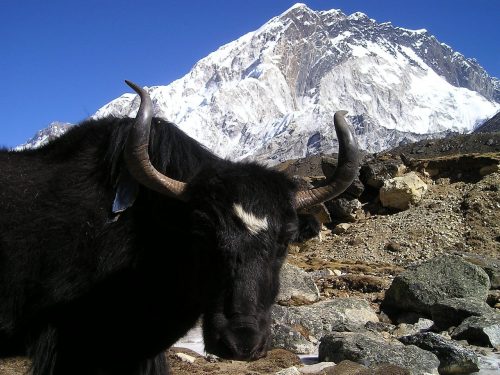
Check out: Endemic or Native Fauna and Flora of Pakistan
Related: REVERENCE FOR NATURE – LISTENING TO THE CRIES OF DIMINISHING WILDERNESS IN PAKISTAN
We hope you all liked this post! Please comment below if you have any suggestions, comments, or feedback! We #envpk love hearing from our readers! Thanks!

